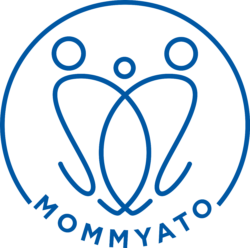30 Nov What you Need to Know about Pelvic Girdle Pain during Pregnancy
Hey Mama! December 3rd is International Day of Persons with Disabilities. While pregnancy is not often associated with disability, there is one condition that affects some pregnant women and presents similar acute and enduring challenges: Pelvic Girdle Pain (PGP).
Pelvic Girdle Pain is usually related to Symphysis Pubis Dysfunction (SPD). SPD happens when the ligament that joins the right and left pelvic bones becomes too soft and stretchy. The pelvic bones often lose alignment and become unstable.

The pregnancy hormone relaxin causes the softening of these ligaments, which is needed to give birth. When SPD occurs, it’s thought that a woman’s body doesn’t adapt well to relaxin or that too much relaxin softens the ligaments excessively.
This instability causes a great deal of pain and discomfort for the pregnant Mama. Some women report that the pain is wrenching, as though the pelvic bones are separating, because they are! Others say that the pain is not just local to the pubic bones, but that it radiates to the lower back, abdomen, hips and even down the thighs.
The pain is often made worse by: weight bearing, lifting heavy objects, climbing stairs, prolonged standing and any turning, bending, stretching.
But don’t be too discouraged! There are some methods you can employ to reduce the discomfort during pregnancy:
- Avoid your triggers. This may mean no prolonged standing, no heavy lifting, no climbing stairs, and no lunging, stretching or squatting.
- Take rest periods. Sit down to dress and for other tasks as needed.
- Wear a pelvic support belt. Do you research and invest in one that will last the duration of your pregnancy and provide you the right kind of support for your particular discomfort.
- Consider pain relief measures like warm or cool packs, as well as Acetaminophen for relieving pain (with the recommendation of your provider). Anti-inflammatory medicines and opioids are not recommended.
- Engage a pelvic floor specialist, physical therapist and/or chiropractor. These professionals can help with the alignment and strengthening of your pelvic structure during pregnancy and your postpartum recovery too.
After you give birth, the pain and discomfort may go away. Or, it may feel worse for a little while because of the physical hardship of labor and delivery. Sometimes, a Mama may have to use a walker or wheelchair temporarily. Sometimes, physical therapy is recommended in the postpartum period, if the discomfort persists. Check out our article on Pelvic Floor Dysfunction for additional information. Women with pelvic girdle pain have been found to also have some pelvic floor dysfunction; where the pelvic muscles are either too loose or too tight following pregnancy and birth. Although, it is important to note that one does not cause the other and just because there is an association it does not mean you will end up with both.
If you’re in pain Mama and these symptoms describe you, don’t delay in making an appointment with your provider. The earlier you seek treatment in your pregnancy, the more likely you’ll get your symptoms under control, and be able to enjoy an active and pain free pregnancy. Mommyato has additional information about pain management. Check it out.



